Everything just felt wrong. I didn’t know how to carry the lens, hold it or even lock it into place! It felt as if I had grown a third arm or 11th finger; everything was awkward, and everything seemed to take longer and be so much more difficult. Over the last 9 years of doing travel photography I had a system for moving around quickly and getting the shots I wanted. I knew exactly how to pack to fit everything into my daypack, I knew how to decide what lenses to take, and how to travel light and minimal when it came to equipment. But now it was all wrong.
I introduced a Sigma telephoto lens into my photography routine and it was as if I had landed on another planet that I didn’t understand. After 9 years of doing travel photography, I had regressed back to a ‘beginner’ status when it came to wildlife and telephoto photography.
Every day we have a choice to make; we can sit and coast, or we can push ourselves. This trip to Wrangel Island was a chance to push myself.
This time is wasn’t about taking on my fears or pushing myself to do new adventures. This trip was about pushing myself into a new realm of photography; the world of wildlife telephoto photography and telephoto lenses.
Russia’s Wrangel Island is sort of like the South Georgia Island of the Arctic. It boasts the world’s largest population of Pacific walrus and the highest density of polar bear dens. It is a major feeding ground for the grey whale migrating from Mexico and the northernmost nesting ground for 100 migratory bird species, many endangered.
Table of Contents
The Telephoto Lens
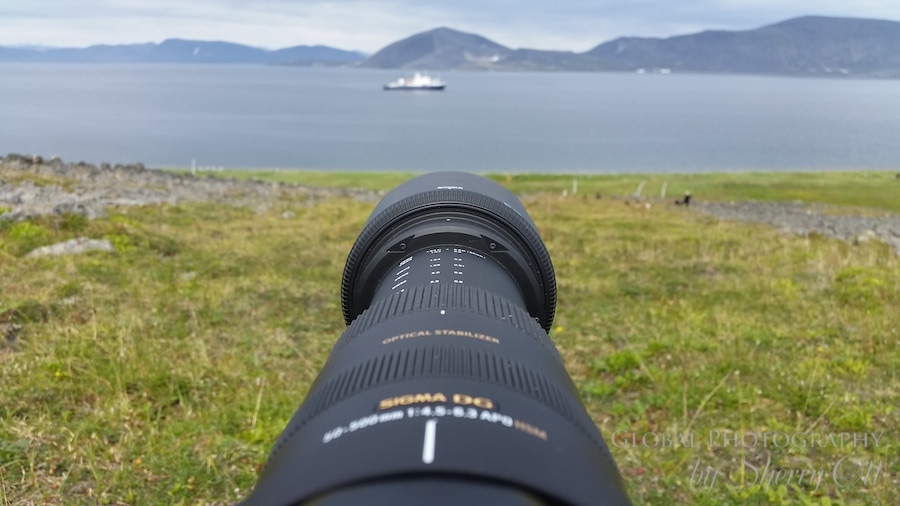
My longest lens I have is 300mm, so I went to Sigma for a better solution for this trip and found it in the Sigma 50-500 f/4-6.3 lens, just what I would need to capture wildlife and the landscapes all in one lens. The tundra is a massive landscape with absolutely no trees or bushes – just a carpet of tundra plants in golden fall colors, and endless skies of cloudporn. That was the best part about this lens, I could move from capturing the Snowy Owl at 500mm in the far distance to opening it up to 50mm and getting wider landscape shots quickly without having to change lenses.
NOTE: Since this trip in 2016, I have switched to Sony and bought my own Sigma telephoto (and adapter to use with the Sony A7iii). This is what I’m now using for telephoto wildlife photography:
Sigma 150-600mm 5-6.3 Contemporary DG OS HSM Lens for Nikon I use an adapter to use with my Sony A7iii
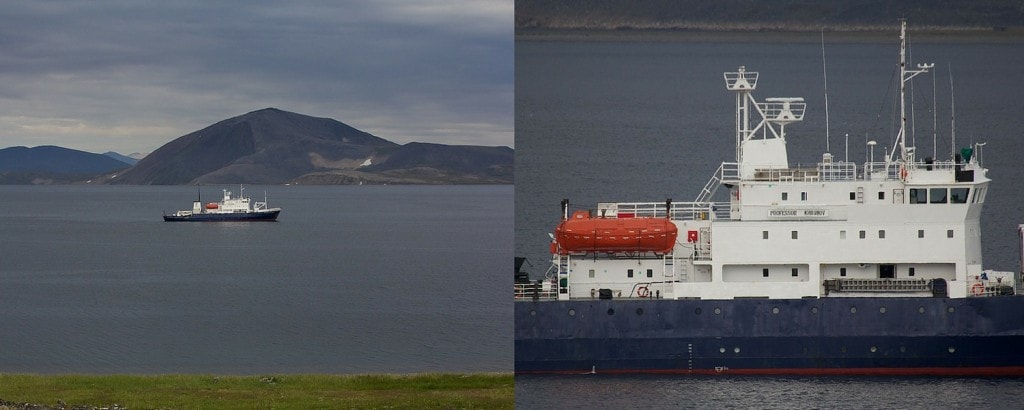
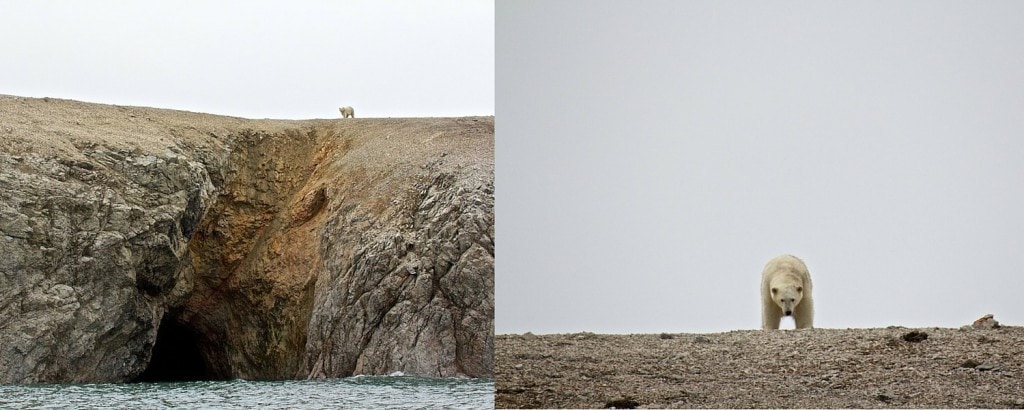
Learning the Basics in Telephoto Photography
Extra Equipment
Luckily before I left on the trip, I asked my friend and photographer, Gary, who had used the lens before what advice he had. “You have to get a monopod”, was he only advice. I told him that I had a tripod already – but he said a tripod would be too bulky and slow for the type of photography this would be where I was hiking out on the tunda and constantly moving. So I purchased a SIRUI P-326 6 Section Carbon Fiber Monopod and left my tripod at my storage unit.
SIRUI P-326 6 Section Carbon Fiber Monopod
However if you aren’t moving around as much as I was with the lens on Wrangel Island, a tripod would be best for this lens as it would make it even more stable. And I quickly learned that a stable base for zoom lenses of this size is critical. I normally use the 3 Legged Thing Brian Tripod – it’s perfect for travel – it’s light and versatile.
3 Legged Thing Punks Brian Carbon Fibre Tripod System with AirHed Neo 14kg Load Capacity
I also thought about getting a new photo gear/lens backpack, but decided against it as I really liked my system of the over the shoulder bag I use. I probably would recommend getting a better solution for carrying it long term, but since I was just using this temporarily I couldn’t really justify the expense of a cool new bag at this point.
The Added Weight of Shooting With a Telephoto Lens
This was my first foray into lenses with handles – a.k.a. tripod collar. Why does a lens have a handle you ask? Because they are big, bulky, and heavy – and the handle allows the lens to be mounted to a tripod.
When the weight of a lens reaches a certain threshold, it’s no longer safe to mount the camera to a tripod/monopod as the weight of that lens would put too much strain on the lens mount. The tripod collar is essential for tripod/monopod shooting. So consider that ‘handle’ protection.
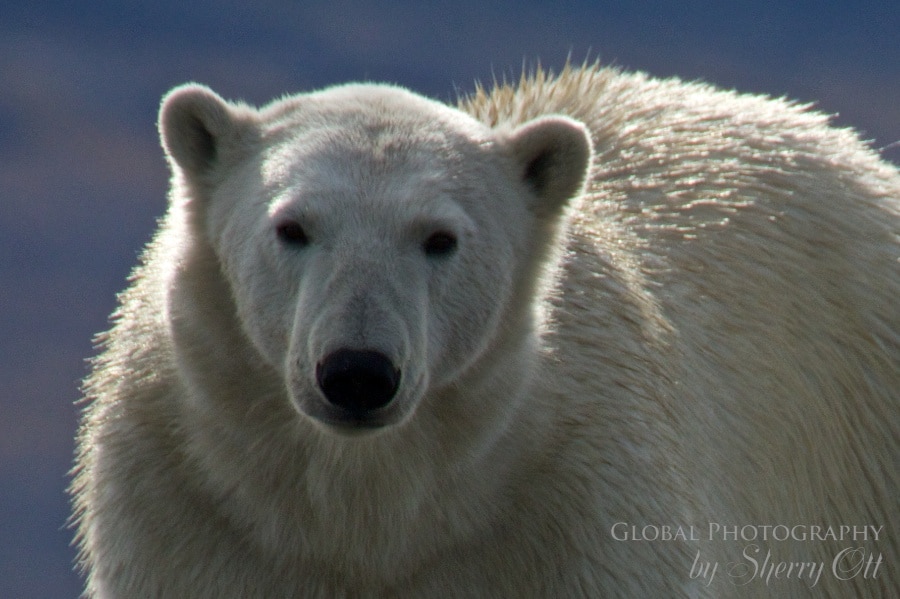
This lens was a lot to handle…sort of what I imagine dating Pamela Anderson would be like.
The lens weighs 4.3 pounds, so the first thing I noticed was my sore back and shoulder blades after taking it out the first day and shooting with it. I do understand that if I were to spend more time with this size lens, I would get used to it – and have some ripped arms/biceps to show off too! This is why I’ve never seen a chubby wildlife photographer I guess.
Telephoto Photography Settings
I pretty quickly learned that shooting moving wildlife with a long lens has many different challenges than my typical travel and landscape photography. Luckily, it took us 5 days to actually travel to Wrangel Island on the Spirit of Enderby Polar Expedition ship, so I had time to practice and screw up a lot before I had my first polar bear sighting.
Shutter Speed for Telephoto Lenses
High shutter speed helps minimize the camera shake and ensures sharper images. Even the slightest movement is magnified by a telephoto lens – it’s simple physics…
“To illustrate the effect of movement on a long lens, imagine pointing a pen and then moving your wrist ever so slightly, the end of the pen moves a small amount. Now take a yardstick, hold it the same way and move your wrist the same amount – notice how much more movement there is at the end of the yardstick compared to the pen. The same thing holds true for long lenses in relationship to shorter ones.” — E.J. Peiker
Bright days are your friend as they will allow you to shoot at higher shutter speeds and keep the ISO low giving you less noise. I learned pretty quickly to put the shutter as fast as I possibly could. Let’s just say that I had lots of fuzzy shots to begin with!
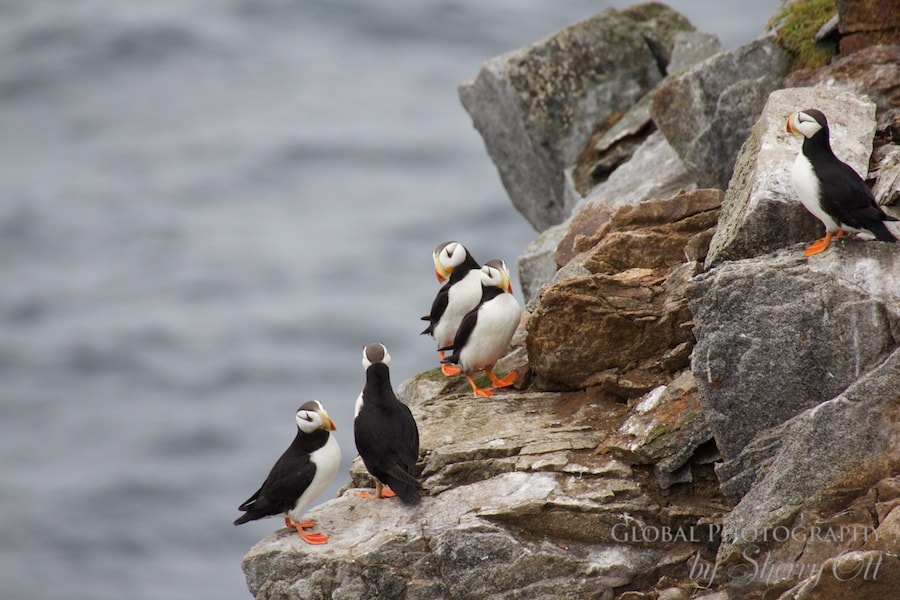
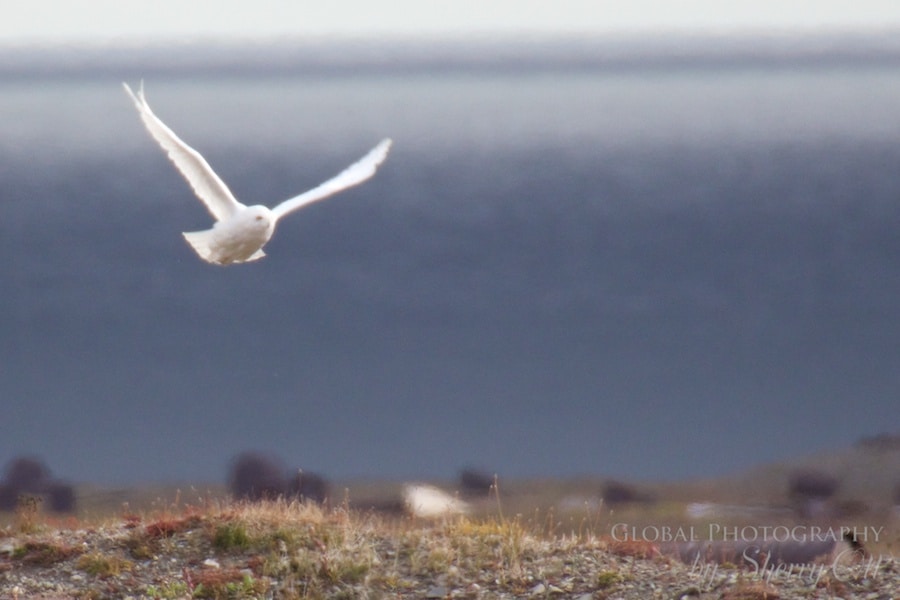
But I got much better over the 2 weeks of practicing every day!
What Focus Should You Use
I used center point focus mainly as that way I ensured that I was getting the subject in focus. This was easy with the slower moving polar bears and muskoxen, but challenging with the flying birds.
Tracking Your Subject
First – when you are at 300 to 500mm, it’s really hard to locate your subject through the viewfinder at times! I learned pretty quickly that when I saw something in the distance, I had to first find it in my viewfinder at a shorter focal length (like 100mm), and then zoom for the close-up so that I could keep the subject in my viewfinder.
This was particularly helpful for shooting close-ups of birds on the bird cliffs. However on the fast moving shots, even this didn’t work. The birds would dive off the 300 foot cliffs and take off from the water so quickly, I had to learn to track them with the lens, and often found it easier to keep the focal length at 350 mm and then crop in on the shot in post processing.
Shooting Wildlife From Zodiac Rafts
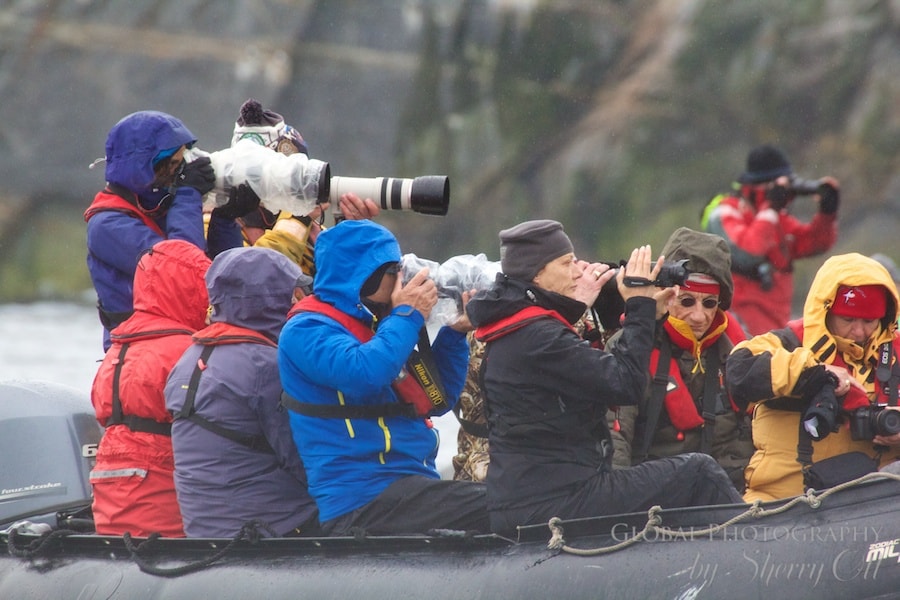
In addition to tracking the fast moving birds, I had the challenge of shooting from the unstable base of a zodiac raft bobbing in large ocean swells. My monopod didn’t work in this expedition zodiac environment, so this meant I had to do hand held in the zodiacs.
Tips for Hand Holding a Telephoto Lens
Eventually I found my sea legs and was able to shoot at a high enough shutter speed and stay steady. I tried to stay crouched close to the zodiac floor to remain more stable and braced both elbows against my thighs or on the zodiac sides. Of course when doing handheld you will also have to use your left hand to hold the lens as it’s just too awkward and heavy otherwise.
However in this handheld situation, check your settings regularly as you want to make sure that your shutter is super fast when doing handheld shots as it’s very hard to eliminate camera shake even with stabilizers on the lens.
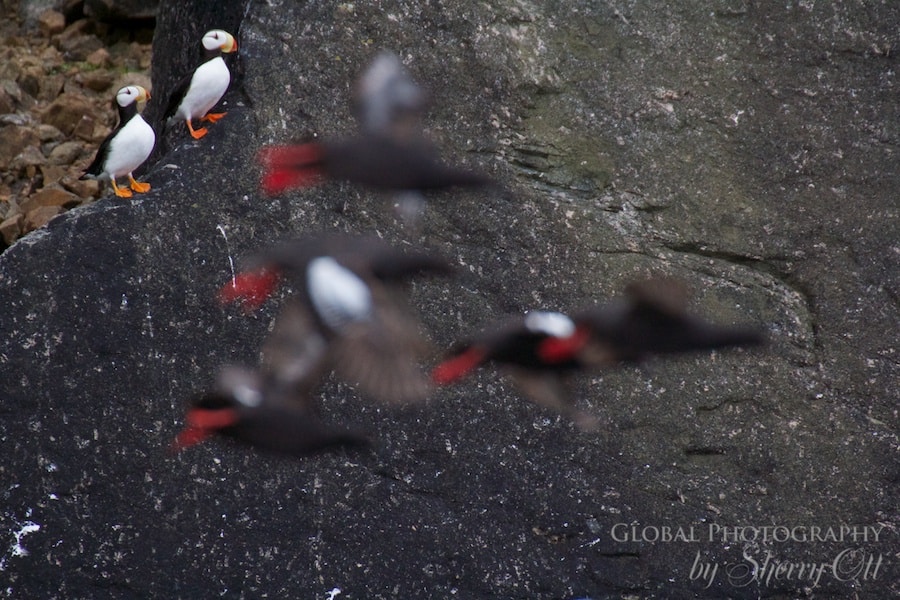
Final Verdict on Wildlife Telephoto Photography
After a lot of trial and error with focus and shutter, I was finally getting some clear shots of the bears, snow geese, muskoxen, puffins and walrus.
Overall, the 500mm focal length was a treat to work with as we had to keep our safe distance from the wildlife, but I was still able to get super close ups. It had a bit of a learning curve, and I feel like I only scratched the surface on this trip, but I’m eager to try more! Wildlife and telephoto photography is something that takes years to even begin to master. But I’d love to keep trying!
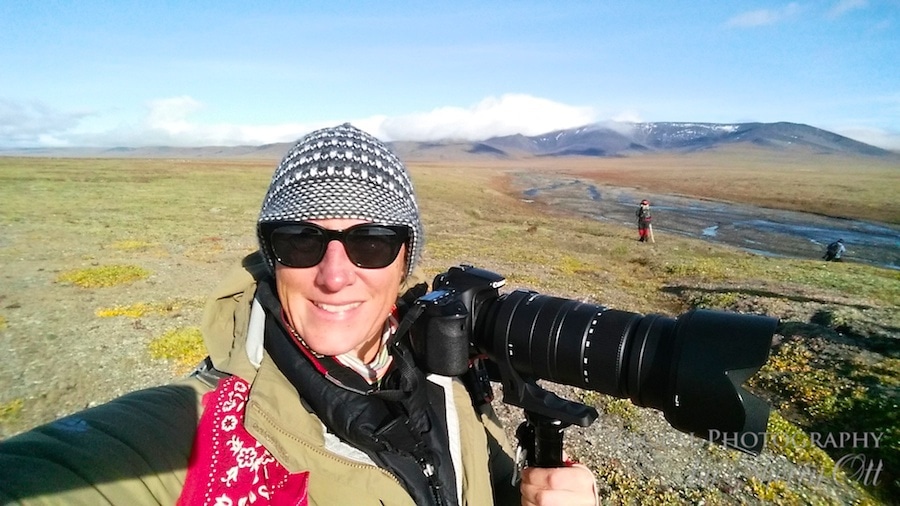
Telephoto Photography Equipment I used:
Sigma 50-500mm f/4.5-6.3 APO DG OS HSM SLD Ultra Telephoto Zoom Lens for Canon Digital SLR Camera
This lens was a great solution for a trip like this where wildlife and fast shooting is key.
However – since this article I have switched to Sony and bought my own Sigma telephoto (and adapter to use with the Sony A7iii). This is what I’m now using for telephoto wildlife photography:
Sigma 150-600mm 5-6.3 Contemporary DG OS HSM Lens for Nikon I use an adapter to use with my Sony A7iii
SIRUI P-326 6 Section Carbon Fiber Monopod
LensCoat® lens covers offers your valuable equipment some protection from scrapes and bumps, preserving its resale value. It also help break up the shape of your lens, making it less noticeable to wildlife.
LensCoat RainCoat for Keeping things dry and dust free
Don't let the weather stop your photography! This innovative cover provides protection for your camera and lens from the elements like rain, snow, salt spray, dirt, sand and dust while allowing you easy access to the camera and lens controls.
3 Legged Thing Punks Brian Carbon Fibre Tripod System with AirHed Neo 14kg Load Capacity
Disclosure:
Sigma Photo loaned the Telephoto 50-500mm lens to me for the trip, however all of the opinions expressed here are my own.

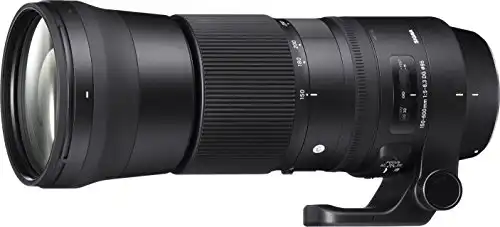
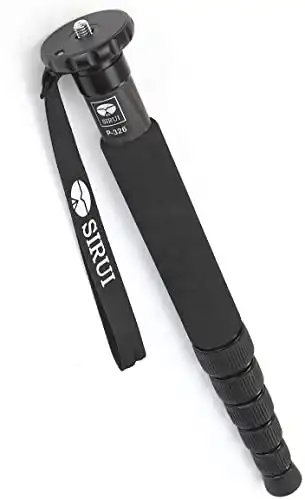
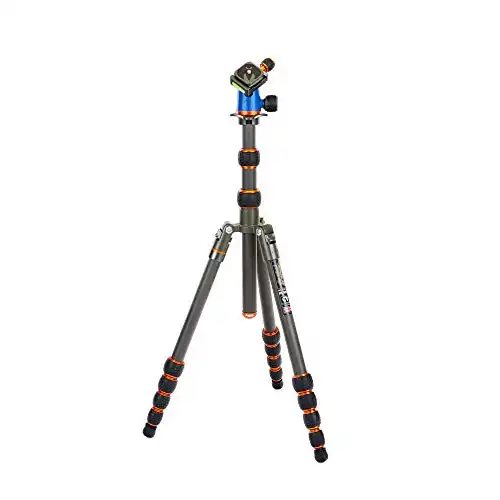
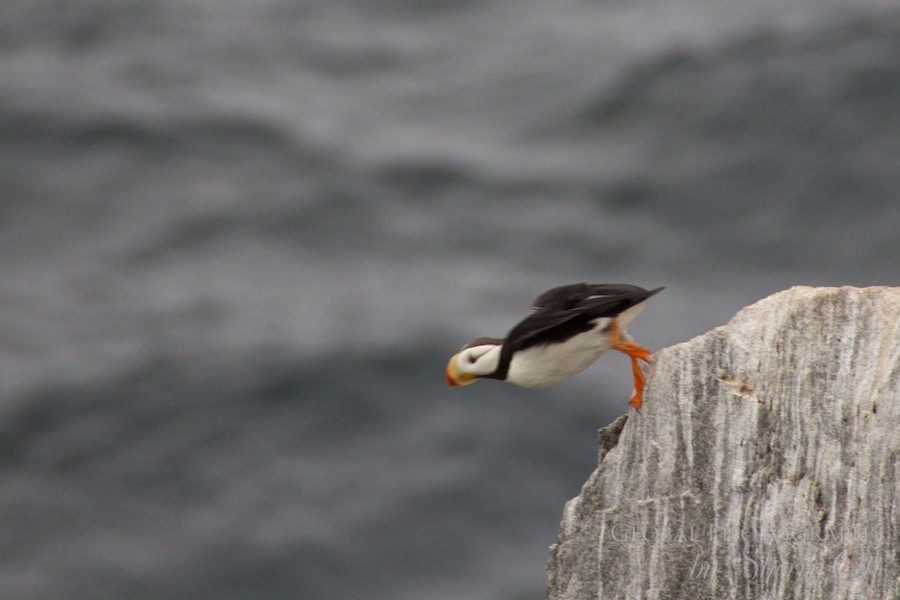
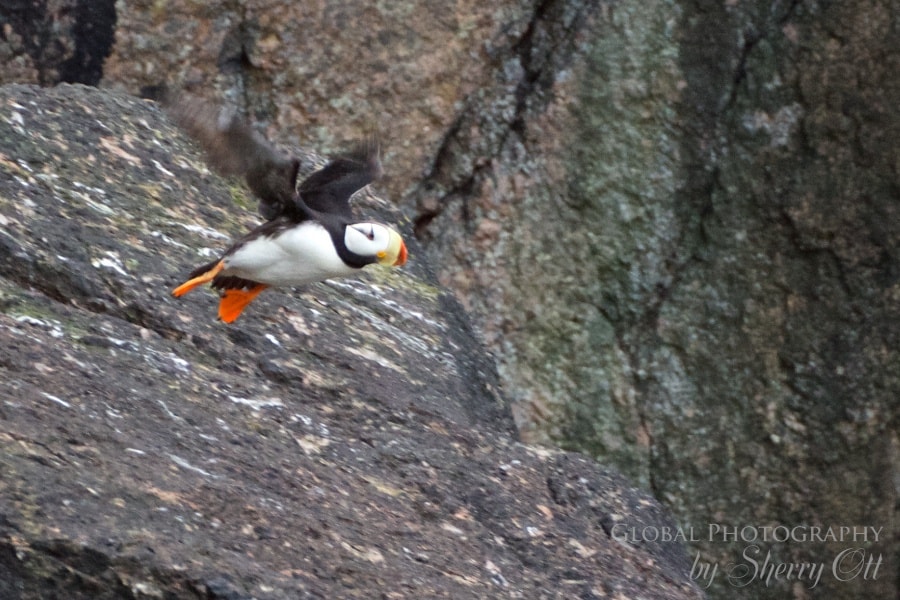
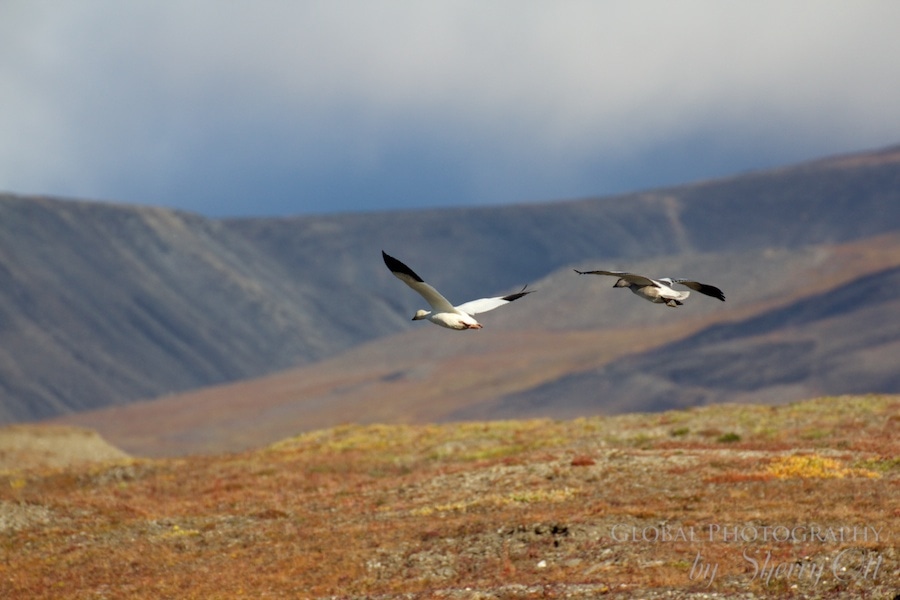
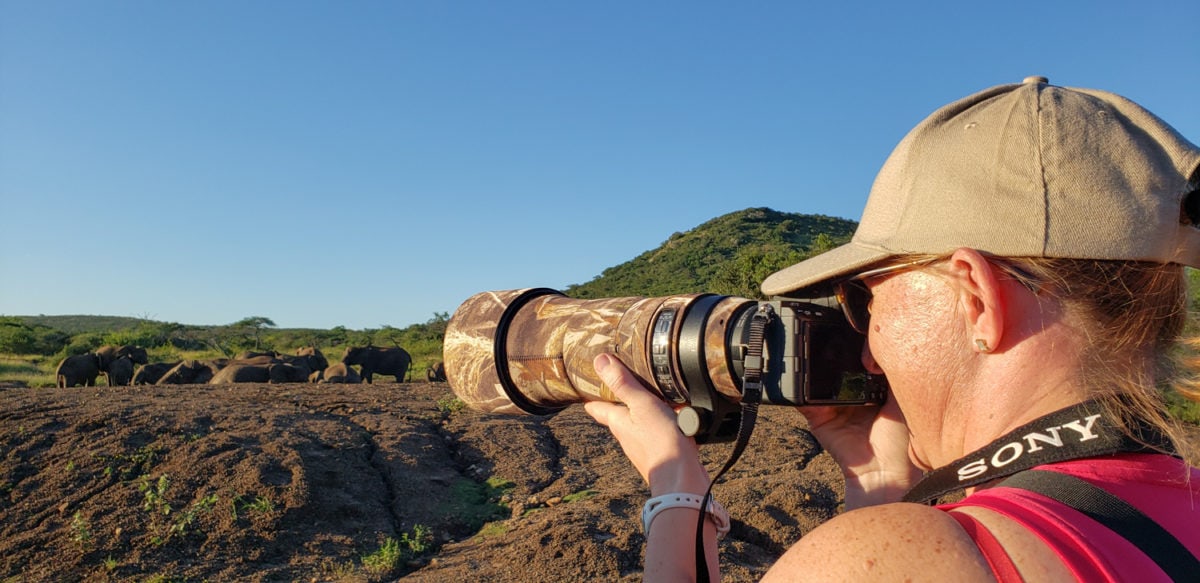
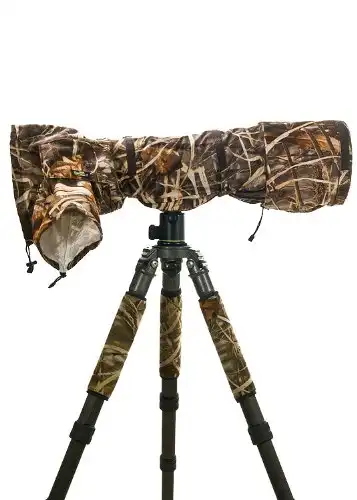
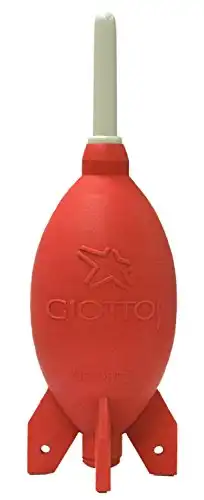
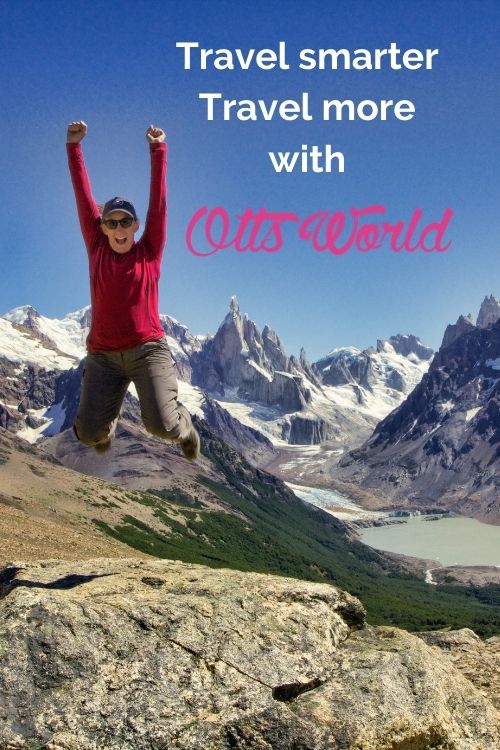
By Carlton McEachern February 2, 2016 - 3:59 pm
Sherry – nice article with some good tips and clear explanations. Another alternative would have been to use your existing 300mm lens with a teleconverter. A 2X converter would have taken you to 600mm and with the crop factor of 1.5 (Nikon) or 1,6 (Canon) you would have a reach of 900 – 960mm. The downside would be a loss of 2 stops of light and possible loss of autofocus-which in wildlife shooting isn’t good.
Sigma also has some other long reach lenses, like the older 170-500mm which can be had used for around $500 US;newer 150-500 and 150-600mm. These are not your typical travel lenses. They are big and heavy and usually way expensive. Which brings me to my other comment. You may be able to rent one of these puppies for your trip or if you are hot and famous like Ott, just call up Sigma and borrow one.
By Donna February 2, 2016 - 10:22 pm
Wow! I love your new telephoto lens 🙂 Awesome shots for sure. I’m looking forward to your upcoming photos with it. This is a little off subject I guess…I’ve just gotten my first “beginner” camers 🙂 and am still in “auto” mode lol, but I’ll get there…do you have any recommendations for a good tripod? I’ve got a Canon Rebel t5i. Or maybe a website with that sort of information? Thanks! Safe travels and thank you for your blog.
By Sherry February 2, 2016 - 11:46 pm
Hi Donna – thanks for your comment. As for tripods – I have a couple that I use. A more heavy duty one that I use is the Three Legged Thing Brian Tripod (I referenced it in the article). Three Legged thing makes good tripod and fairly lightweight and very versatile. Another brand I like is Manfrotto. I also have a smaller, lighter, cheaper Joby tripod. It’s a very flexible tripod that you can wrap around things or set up like a short tripod. Check it out as it may be a better solution for you. Tripods really depend on the lens that you have (how heavy is it) and what you primary thing you want to use it for. That’s all the expertise I have when it comes to tripods for now!
By Izy berry February 10, 2016 - 7:03 pm
Incredible definitely your new telephoto length is amazing it works
By Roy July 21, 2021 - 7:58 am
Thank you for a very itresting article and review of the Sigma lens.
I have a Sigm 60 – 600mm which I purchased expresively for bird photography. Very happy with the result despite the weight.
At present having to learn the art of using a cabon fibre monopod. Never used one before. New experience.